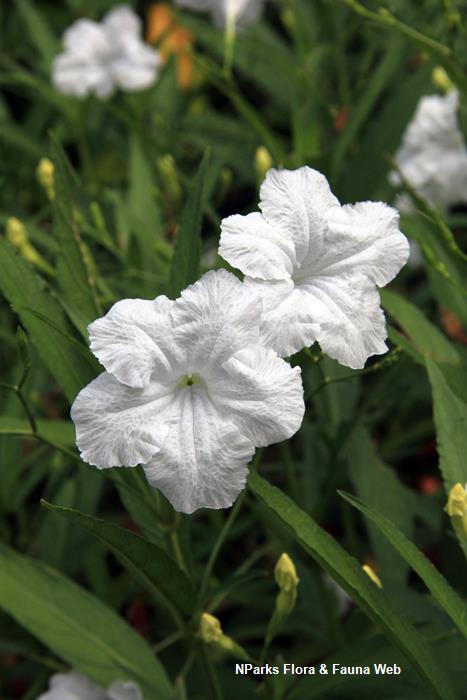
Name
Classifications and Characteristics
| Plant Division | Angiosperms (Flowering Seed Plants) |
|---|---|
| Plant Growth Form | Herbaceous Plant |
| Lifespan (in Singapore) | Perennial |
| Mode of Nutrition | Autotrophic |
| Plant Shape | Irregular |
| Maximum Height | 15 cm to 50 cm |
Biogeography
| Native Distribution | South China and Southeast Asia. |
|---|---|
| Native Habitat | Terrestrial |
| Preferred Climate Zone | Tropical, Sub-Tropical / Monsoonal |
| Local Conservation Status | Cryptogenic |
Description and Ethnobotany
| Growth Form | It is a creeping herb, up to 50 cm tall. |
|---|---|
| Foliage | Its opposite, stalked leaves have thin papery leaf blades that are ovate to lance-shaped, 1.4-4 cm long and 0.8-2 cm wide. |
| Flowers | Its funnel-shaped flowers are white or pink to light purple in colour,, 1.2-2 cm in diameter. The corolla lobes are ovate in shape, with rounded tips. |
| Fruit | Its fruits are capsules that have a slightly hairy exterior, about 1.2 cm long and ripening to brownish yellow. |
| Habitat | It grows in open grasslands, roadsides, urban areas and disturbed areas. |
| Associated Fauna | Its flowers are pollinated by insects. It is the host-plant of the Peacock Pansy (Junonia almana javana), Chocolate Pansy (Junonia hedonia ida), and the Pygmy Grass Blue (Zizula hylax pygmaea). |
| Cultivation | It can be propagated by seed. |
| Etymology | Latin Ruellia, after John de la Ruelle of Soissons, author of De natura plantarum (1536); Latin repens, creeping, referring to the habit of the plant. |
Landscaping Features
| Desirable Plant Features | Ornamental Flowers |
|---|---|
| Landscape Uses | Parks & Gardens, Small Gardens, Flowerbed / Border, Groundcover |
| Thematic Landscaping | Butterfly Garden |
Fauna, Pollination and Dispersal
| Fauna Pollination Dispersal Associated Fauna | Butterfly Host Plant (Leaves) |
|---|---|
| Pollination Method(s) | Biotic (Fauna) |
| Seed or Spore Dispersal | Abiotic |
Plant Care and Propagation
| Light Preference | Full Sun |
|---|---|
| Water Preference | Lots of Water, Moderate Water |
| Plant Growth Rate | Moderate |
| Rootzone Tolerance | Moist Soils, Well-Drained Soils, Poor Infertile Soils, Fertile Loamy Soils, Easy to Grow |
| Transplanting Tolerance | Good |
| Maintenance Requirements | Moderate |
| Propagation Method | Seed |
Foliar
| Foliage Retention | Evergreen |
|---|---|
| Mature Foliage Colour(s) | Green |
| Mature Foliage Texture(s) | Papery, Thin |
| Foliar Type | Simple / Unifoliate |
| Foliar Arrangement Along Stem | Opposite |
| Foliar Attachment to Stem | Petiolate |
| Foliar Shape(s) | Non-Palm Foliage (Ovate, Lanceolate) |
| Foliar Venation | Pinnate / Net |
| Foliar Margin | Entire |
Floral (Angiosperm)
| Flower & Plant Sexuality | Bisexual Flowers |
| Flower Colour(s) | Pink, Purple, White |
|---|---|
| Flower Grouping | Solitary, Cluster / Inflorescence |
| Flower Location | Axillary |
| Individual Flower Shape | Funnelform / Funnel-shaped |
Fruit, Seed and Spore
| Mature Fruit Colour(s) | Brown |
|---|---|
| Mature Fruit Texture(s) | Hairy / Hirsute |
| Fruit Classification | Simple Fruit |
| Fruit Type |
Image Repository
Others
| Master ID | 17155 |
|---|---|
| Species ID | 3339 |
| Flora Disclaimer | The information in this website has been compiled from reliable sources, such as reference works on medicinal plants. It is not a substitute for medical advice or treatment and NParks does not purport to provide any medical advice. Readers should always consult his/her physician before using or consuming a plant for medicinal purposes. |

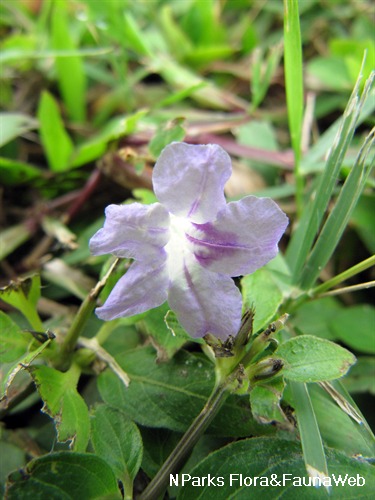
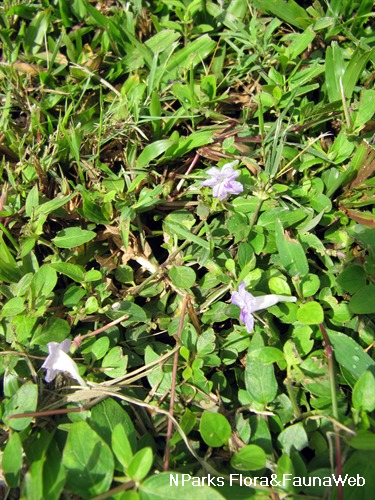
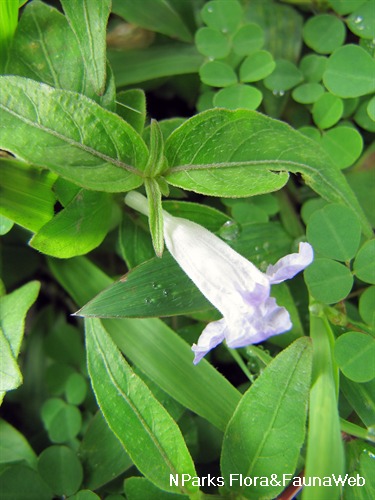
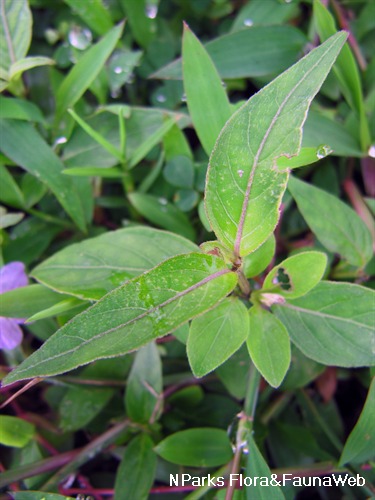
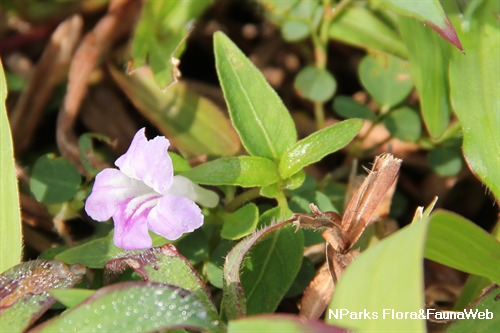
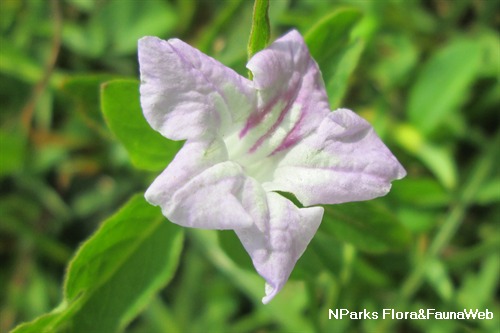
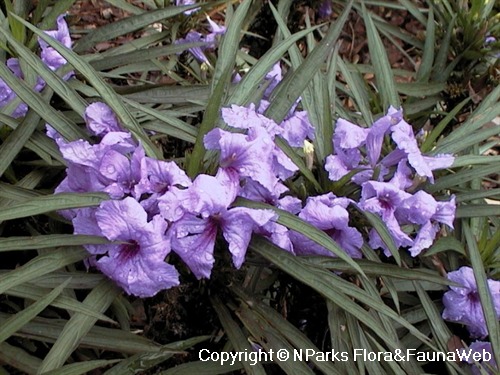
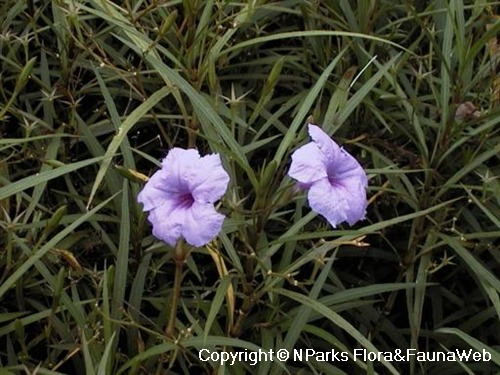
.jpg)
